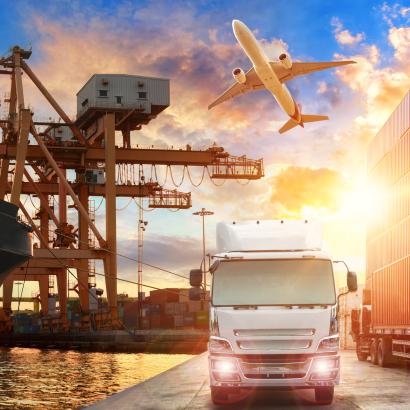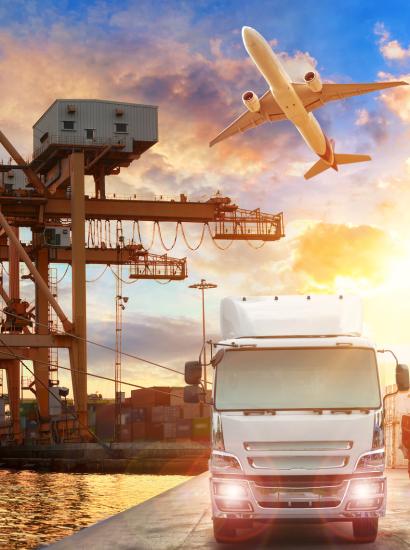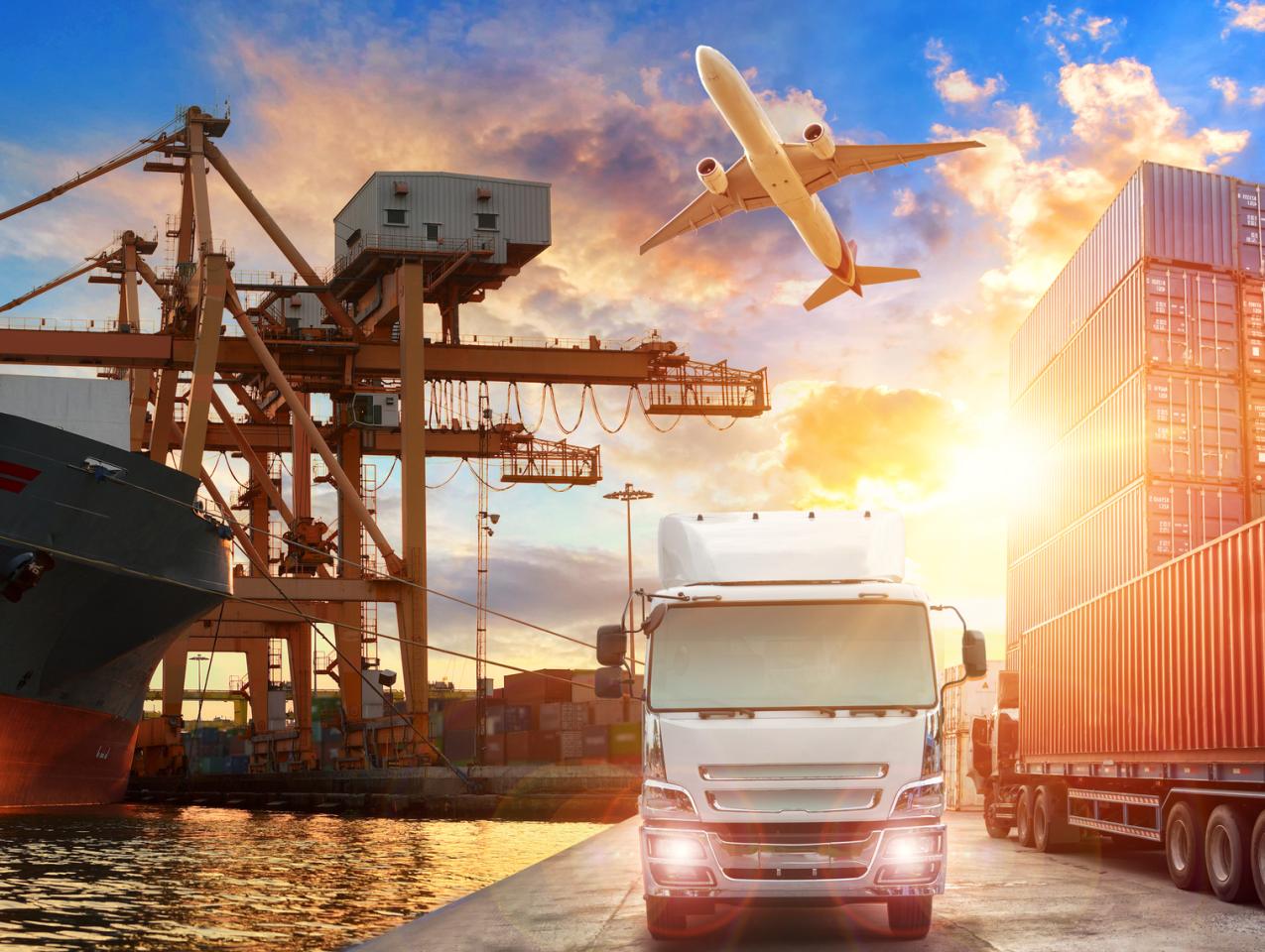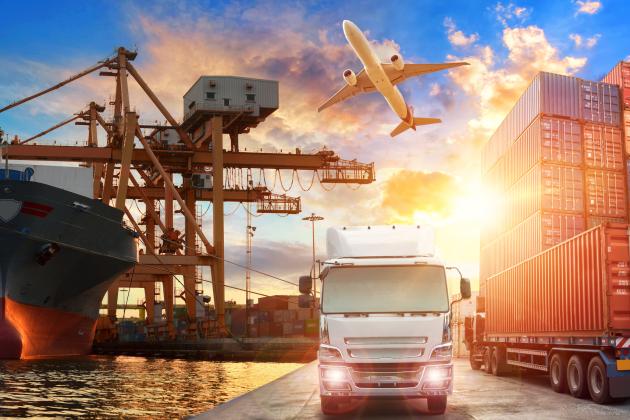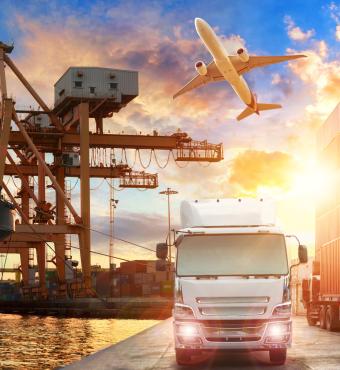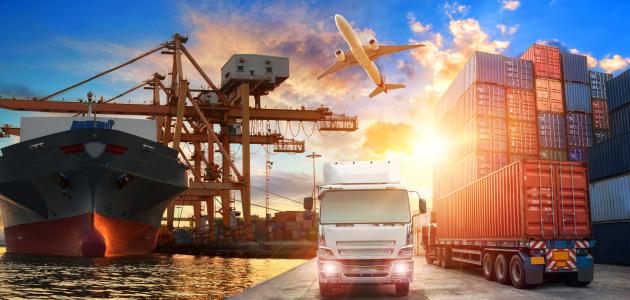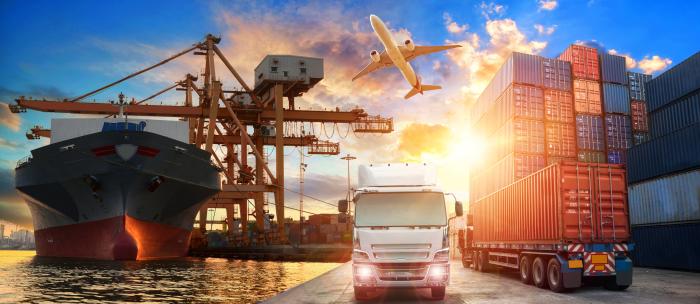After a generation of trade liberalizations, many Americans—on the left and the right—are having second thoughts. Free-trade agreements have lowered tariffs, reduced trade quotas, and strengthened trade relationships. And how have Americans benefited? For many, they only see fewer manufacturing jobs, shuttering of factories, and a large trade deficit. They have concluded that freer trade may not be all it is cracked up to be.
But do these concerns rest on firm economic foundations, or are we merely repeating the mistakes of past generations that feared expanded trade?
Part 1: What Are The Benefits Of Trade?
From Adam Smith to David Ricardo, economists have long argued that trade makes societies wealthier. Trade allows all of us to consume more at lower costs than we otherwise would be able to. Importantly, this is equally true at the local level as at the global level.
Consider an extreme example where you are prohibited from trading with anyone. Your standard of living would be very low. At the very least, you would have to grow your own food and make your own clothes. Perhaps you would be a great farmer or expert tailor, but your time is limited. Being forced to do everything means you won’t do anything especially well and consequently won’t have much of anything.
What happens if you are allowed to trade? You could trade your crops for your neighbor’s clothes, and both of you would be better off. This is true even if you happen to be both a better farmer and a better tailor than your neighbor, because there is a cost to your production. Every hour you spend making clothes is an hour you can’t farm. Economists refer to this as an opportunity cost. Trading allows you to spend more time producing goods where your opportunity costs are lower than your neighbor’s—this is called having a comparative advantage. By trading for items where you don’t have the comparative advantage, you—and your neighbor—end up with more goods than if you tried to produce everything yourself.
Whether it is trading with one neighbor or the whole world, the benefits of trade are similar. International trade allows nations to produce the goods and services where they have a comparative advantage and trade for the items that they can’t produce as cheaply. The result is that both nations have more than they would if they tried to produce everything within their borders.
Here is John Taylor explaining how comparative advantage works:
Gains from trade are increased even further by specialization. People tend to produce more if they can focus on one job rather than dividing their efforts among many. By specializing, workers discover better production methods and develop skills that increase their output. Likewise, when nations specialize they find improved production and shipping processes and their workers enhance their skills.
Finally, as we increase our number of trade partners, we see increased benefits from competition. Competition encourages innovation, which leads to lower prices and higher-quality products. You can learn more about the benefits of competition in this short video:
As we have seen, freer trade benefits hundreds of millions of consumers by lowering prices and delivering higher-quality products. The costs of trade, however, are concentrated on a narrow group of businesses and workers in uncompetitive industries. This partially explains why many barriers to trade remain despite its broad benefits. Vulnerable industries have a large incentive to lobby the government for trade restrictions that protect their bottom lines. While the gains to all consumers are much larger with freer trade, individual consumers simply don’t have the resources or the incentives to lobby for it.
Part 2: What Are The Downsides To Trade?
Trade increases a nation’s overall wealth, but that doesn’t mean that every individual is going to be wealthier. In fact, some people may be made worse off. This is particularly true immediately after a nation eliminates trade barriers. High-cost, low-productivity industries will find it difficult to compete, and their employees may find themselves out of work.
In many ways, trade can be thought of as a new technology. Just as a new invention may replace workers and force other companies out of business, it is disruptive. Watch this short video on how trade and new technologies are similar:
The reality is that innovation has had a much larger effect on jobs than free trade has. Here is Douglas Irwin on the relative impact of trade and innovation:
More importantly, imports have not been the major factor behind the loss of manufacturing jobs. The main culprit is technology. Automation and other technologies have enabled vast productivity and efficiency improvements, but they have also made many blue-collar jobs obsolete. One study, by the Center for Business and Economic Research at Ball State University, finds that productivity growth accounted for more than 85 percent of the job loss in manufacturing between 2000 and 2010. Just 13 percent of the overall job loss resulted from trade, although it accounted for 40 percent in the apparel and furniture sectors.
You can listen to Irwin expand on this argument in this Uncommon Knowledge interview.
Despite the job losses, few people would argue that we should stop innovating. Imagine how the economy would look if previous generations banned new technologies to protect jobs. Consumers would face higher prices with fewer options, and there would be far fewer economic opportunities for workers today.
That doesn’t mean we shouldn’t look for ways to help those who are negatively affected by trade. There already are programs in place to aid workers in industries disrupted by trade. They offer financial and retraining assistance for displaced workers. These programs may be useful, but they likely fall short. If we really want to ensure displaced workers benefit from trade, we need to make sure public policies are geared towards advancing economic growth and creating new opportunities. To see what type of policies we need, watch this four-part series by economist Ed Lazear:
Part 3: What About Trade Deficits?
The trade balance is the difference in dollars between how much we export and import. If exports exceed imports there is a trade surplus. If we import more than we export we have a trade deficit. The United States has had annual trade deficits for over a generation. In 2017, the nation exported $2.33 trillion in goods and services and imported $2.90 trillion, leaving a trade deficit of $566 billion.
Many will hear these numbers and think the United States is worse off by over a half trillion dollars. But that logic assumes your trade partner is your competitor. As we have seen, trade makes both parties better off. In short, you are not competing with your trade partner—you are cooperating. After all, nearly all of us run trade deficits with grocery stores, restaurants, and every other place we shop. Are you worse off every time you purchase food? Of course not. In the same way that you and your grocery are both better off when you make a purchase, countries are better off when they trade, regardless of how it affects their trade balances.
To learn more, take a look at this short video from John Cochrane:
In any case, the trade deficit is only half of the picture. When a foreign company imports to the United States, they receive dollars in exchange. Those dollars don’t just disappear after the trade is completed. One way or another, the dollars make their way back to America. They may go to buying US products. If not, they are invested in American businesses or loaned to the US government to fund its large and growing debt. These investments mean more jobs, higher economic growth, and ultimately more economic opportunities in the future.
Here is John Cochrane explaining the math of the trade balance:
To the extent that all the dollars don’t end up buying American goods, foreigners end up buying assets in America, investing in our businesses. To the extent they do not buy private assets, they invest in our government bonds, financing deficits and US government spending that would otherwise vanish. Every dollar comes back. This isn’t theory. It isn’t an “on the other hand” proposition. It’s simple arithmetic.
Part 4: But How Can We Compete If Other Countries Have Weak Environmental Or Labor Laws?
As the US economy has grown, we have enacted stricter environmental regulations and greater protections for workers. Developing nations generally have not done the same and therefore have lower labor costs. As a consequence, many argue that American workers can’t compete with workers in developing nations, and that we must impose high tariffs until these other nations adopt similar environmental and labor rules.
David Henderson explains why forcing other nations to adopt burdensome regulations would hurt both US and foreign workers:
Environmental quality and safety of all kinds are what economists call “normal goods.” These are goods that, as our income increases, we buy more of and are willing to pay more for. So workers in poorer countries would rather have more income than the meager amount they start with and less environmental quality and workplace safety. And the market responds. We in America buy imports produced by workers who are willing to work in those conditions. And our comparative advantage is in other areas. Each side produces the goods in which it has a comparative advantage, and both sides are better off. Again, this does not mean that trade does not hurt any competing workers; it means, rather, that the losses to the hundreds of thousands of them are less than the gains, all in dollar terms, to the hundreds of millions of US consumers who pay lower prices.
The US economy is truly exceptional. It has a highly skilled workforce and technology that makes workers more productive than past generations ever thought possible. Just as important, the American economy has benefited from stable public institutions that protect property rights and the rule of the law. In short, US workers have advantages that ensure they can thrive in a global economy.
Still, many US regulations add enormous costs to businesses when they want to hire workers or expand operations. Some of the regulations do more harm than good. Rather than erect harmful economic trade barriers, we should look for ways to minimize the economic harms from these regulations. Take a look at this short videoon how we can ensure regulations don’t stifle economic opportunity.
Part 5: Conclusion
As economists have argued for centuries, trade offers enormous benefits for society. Erecting new trade barriers will not lead to large job gains for America. Instead, trade barriers will mean high prices, limited choices, and fewer economic opportunities for future generations. We should definitively look for ways to help those negatively affected by trade. The best solutions, however, are to enact pro-growth economic policies in the United States that expand opportunities for all Americans.
Sources and Further Reading:
In Blueprint for America, John Cochrane explains how trade and immigration benefit the United States. These benefits go beyond merely helping American consumers; they encourage global prosperity, which is unquestionably in the nation’s best interest.
Richard Epstein explains how harmful US public policies—not trade—are responsible for weak gains in Americans’ standard of living. Free trade, in fact, encourages policymakers to replace failed economic policies with pro-growth reforms.
In an adaptation from their book Free to Choose: A Personal Statement, Milton and Rose Friedman make the case for trade. They explain how common arguments for protectionism rest on faulty assumptions. They further show how the handful of anti-trade arguments that may have some validity rarely, in practice, merit economically destructive trade barriers.
In a 2017 Uncommon Knowledge interview, Doug Irwin discusses the historical benefits of trade. He explains the economic harms of erecting new trade barriers and highlights other economic reforms that would deliver substantive economic improvements to displaced workers.
In a 2016 interview, Richard Epstein explains the first principles of the benefits of trade. He then discusses a litany of public policies that have made it harder for unemployed workers to find new jobs.
Finally, economist Russ Roberts explores the human side of trade. The advantages of trade do more than just benefit consumers; they also expand economic opportunities for future generations. The disruptions from trade, however, produce harmful consequences to dislocated workers. These effects are more than just financial; they affect a worker’s dignity and pride. He argues that we need to conduct “a radical reimagining of education” that “prepares people to participate in an economy with limited opportunities for people who only know how to do repetitive tasks.”
To view the original article, click here.







